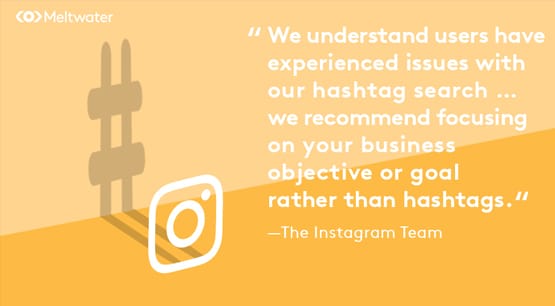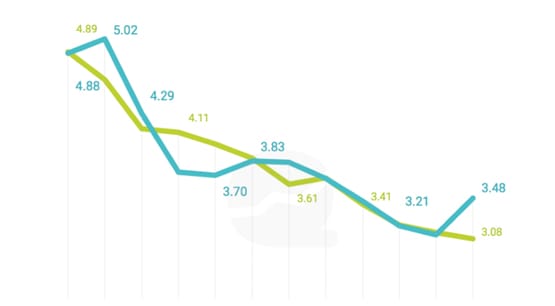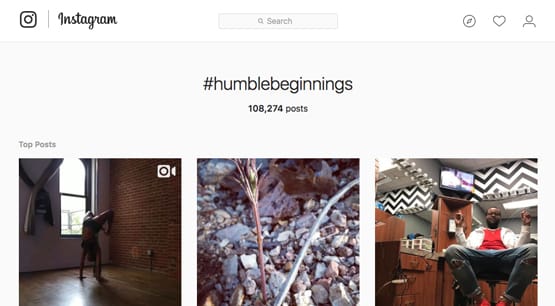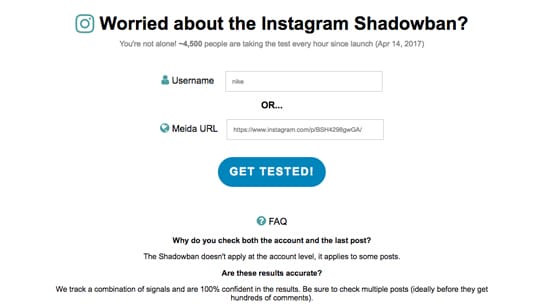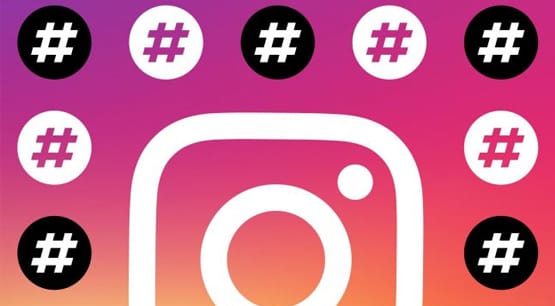How to Check if Your Posts are Blacklisted on Instagram
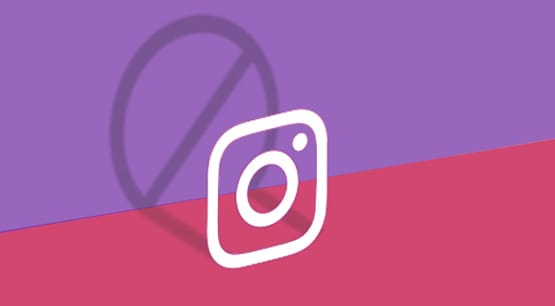
Within the last couple of years, Instagram has started a new means of monitoring and punishing activity they don’t like on the site. This is currently known as the Instagram Shadowban, and it has happened to people without warning. The shadowban, a form of temporary blacklisting, is unannounced, is generally temporary, and can only be fixed by waiting.
The shadowban is a way for Instagram to police their community without actively deleting posts or censoring accounts. Now, you know Instagram has no qualms with deleting content that shouldn’t be on their site. If a post violates the terms of use of Instagram, like posting pornography, violence, or hate speech, Instagram will happily remove it. Often times they will ban the user as well, though it depends on how egregious the violation was and if they have a history of pushing past the boundaries.
So what makes the shadowban different? Well, generally, it’s used for “soft” violations. Instagram has their list of explicit terms of use, but they also have unwritten rules that govern what is acceptable. Instagram, for example, doesn’t really say much about hashtags in their terms of use. Yet abusing hashtags gets you penalized.
In fact, while there’s no concrete information about the shadowban, theories suggest it’s largely hashtag abuse and other spammy techniques that earn you the penalty. This is one reason I recommend avoiding that “double your hashtags” technique where you use the first comment for another pile of tags. It can be hard enough to think of 30 hashtags that are relevant to your image in the first place; coming up with 60 dramatically increases the chances of some of them being downright irrelevant.
So what triggers the shadowban? It’s broadly inconsistent, but you can bet a few typical issues are a common theme between different people reporting their own shadowbans.
- Using irrelevant hashtags. If your image has nothing to do with New York, don’t use #NewYorkCity. If your image has nothing to do with food, don’t use #brunch. Now and then you can slip in a tag that isn’t necessarily relevant – Instagram can’t spot-check everything – but if it’s a consistent problem that your content shows up in irrelevant hashtags, you’re going to run into issues and could find yourself shadowbanned.
- Abusing various shadow “growth hacks” to try to boost engagement on your posts without actually providing the value to make it worthwhile.
- Using a third party program that posts for you. There’s a reason most third party programs send you notifications to hit submit on a post rather than doing it for you; Instagram doesn’t have an API command for posting. Anyone posting for you automatically is violating some kind of terms of service, and while Instagram would rather go after the service directly, they won’t hesitate to shadowban people using it to discourage its use.
- Using a program to bot engagement. This one is tricky; depending on how you use it, it could pass under the radar entirely, or it could be called out as spam and get you shadowbanned, or it could be identified as a bot and get you banned normally.
- Not engaging with your audience. There’s a lot of frustration on Instagram about people using the site solely for their own benefit; not looking for community, just looking for clicks. It’s possible that Instagram is doing something about it.
Generally, you just want to avoid techniques that are not technically against the Instagram rules but are still exploitative of the audience. Anything that disrupts the usual social aspect of social media is liable to get you penalized in some way.
Checking If You’re Blacklisted
It’s one thing to know vaguely what can get you blacklisted, and it’s another entirely to figure out if you actually were blacklisted or not.
The first major indication of a shadowban is pretty simple and quite obvious. Just pay attention to your engagement rates. If you’re used to getting ~50 likes in the first half hour after a post is live, are you still getting them? If you post a new image and find that you’re only getting a small handful of likes in comparison, that’s a good indication that you’ve been shadowbanned.
Of course, engagement rates are fickle. Maybe you posted at the wrong time, or forgot to use one of your better hashtags, or just posted something users didn’t find engaging. Maybe you’re using a third party service to buy initial engagement to make your posts look better. In these kinds of cases, you won’t be able to tell specifically from your engagement rate.
Why is this? It has to do with the way a shadowban works.
A shadowban on Instagram is simply a flag that says “hashtags do not apply to this user’s posts.” It typically lasts for a couple weeks, long enough to hurt but not long enough to drive you away from the platform entirely.
In practice, this means that your posts can still get engagement from the people who follow you, but not from the people who usually engage after seeing a post in a hashtag feed. If, say, a user typically checks #HumbleBeginnings and you use the tag, your image won’t show up in that feed. It will still show up on their home feed if they follow you directly, or if they visit your profile directly, which is why it’s hard to tell.
The term shadowban is broadly used on other sites as well, to convey the same concept. A user on YouTube can be shadowbanned; if they comment on a video, no one can see the comment except themselves. It’s a way to avoid pissing off that user while still keeping other users from having to see their posts.
This all leads us to the second way to tell if you’re shadowbanned. Make a brand new post with an uncommon hashtag, one that doesn’t have a ton of traffic that could make your post get lost easily. You can use as many hashtags as you like, just add in this one specific bait tag.
Once your post is live, go check the hashtag feed. Ideally, you should use a different device or sign out of your account to check. It’s possible that Instagram will still show you your own posts, but not show them to anyone else; that’s what makes a shadowban so insidious. Regardless, log out of your app or switch accounts, visit via the desktop platform, or otherwise check the hashtag feed.
If you see your post, chances are you are not shadowbanned. If you don’t see your post, but the post is live on the site, you were probably shadowbanned.
One thing to note about these kinds of tests is that they rely heavily on you actually using hashtags in the past, as well as currently. If you suspected that hashtags were the problem and stopped using them, it’ll be hard to tell if you were shadowbanned or not.
In some cases, I’ve heard of some people getting around a shadowban by not using hashtags in their main post, but using a few of them in their first comment. Note that this is NOT using both methods; by keeping the main post free of hashtags, but using them in the comment, you kind of trick Instagram into sharing your post anyways.
I suspect this was a workaround in the early days of shadowbans but I would suspect it no longer works, specifically because people used it as a workaround. If you REALLY wanted to work around a shadowban, you could get a second account to post the hashtags, but then you might just end up with a second account banned for spam. Who knows!
A third way you can test is to check a third party tool. A tool called “ShadowBan”, hosted on Azurewebsites.net, lets you check either a username or a specific post to see if it’s shadowbanned. When you put in a username, it just checks your most recent post. If you put in a specific post URL, it will check that URL. You generally want to check five or six different posts across your most recent few weeks. Specifically, check posts that you suspect have been shadowbanned.
Instagram doesn’t shadowban you retroactively. If you are shadowbanned or blacklisted, it will apply to new posts made until the blacklist is lifted. Older posts have already had their engagement drop off, so it isn’t important to hide you from them.
If you’re using this tool, again, make sure the posts qualify. If the post doesn’t have any hashtags on it, it won’t show up for hashtags regardless of whether or not you’ve been shadowbanned.
Does a Blacklist Hurt?
So how bad is it to be blacklisted by Instagram? To answer that, you need to know just how important Instagram is to your marketing.
A shadowban basically means that, until the ban is lifted, you will be very difficult to discover on the platform. Existing followers will still be able to see and engage with your posts, but you won’t be able to attract new followers from hashtag feeds.
You can also see a decline that lasts after the blacklist is lifted. A lot of users are reinforced by each others actions on the site; if 10 people comment, an 11th is likely to follow suit. Either they’ll reply to an existing comment or an existing comment will inspire them to say something. With fewer comments and likes, fewer people will feel the urge to leave their own. Even once the shadowban is lifted, the loss of momentum can be a killer.
So how bad is it really? If you’re a brand just using Instagram because everyone has told you to, but you don’t really know what you’re doing or you aren’t getting a lot of traffic or sales from it, it doesn’t really matter. In that circumstance, honestly, Instagram might not be the platform for you regardless. A blacklist could be a blessing in disguise; you can hide your account and just focus your marketing efforts elsewhere.
On the other hand, if you’re focused heavily on Instagram or if you’re focused entirely on Instagram, like many photographers are, it can be devastating. Losing access to hashtags means you lose a ton of exposure, and when your exposure translates directly into revenue, you might lose your living at the drop of a hat.
Even if the shadowban is lifted, it can still impact you moving forward. For example, if another brand was looking for someone to endorse their products or promote them, they might not consider you an influencer after a shadowban.
The problem is one of perception, as well as one of mechanics. Yes, a brand isn’t going to want to promote themselves on a feed that only gets 1% of the engagement they used to. A shadowban, however, also makes users think back to the Instagram purges. They might not think shadowban, they might think you just had a ton of fake followers and engagement deleted, which makes them lose a lot of trust. This will be even worse if Instagram performs another major purge in the same time frame, though that’s probably unlikely.
Even if a blacklisting is temporary, it can have long-lasting effects. Ironically, it’s the various growth-hacking techniques that lead to a shadowban in the first place, so the very people hit by a blacklist are those who have the most to lose.
So what do you actually do if you’ve been shadowbanned? Here’s a link to our previous article on how to recover from a shadowban.




